Juncus L.
rush
Juncaceae
Acorus, Butomus, Carex, Cyperus, Eleocharis, Isoetes, Isolepis
cosmopolitancosmopolitan:
(adj) essentially worldwide in distribution
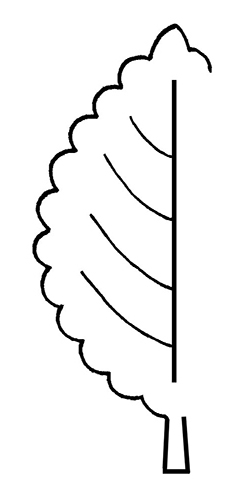
Juncus bufonius L.
J. canadensis J.Gay ex Laharpe
J. effusus L.
J. ensifolius Wikstr.
J. inflexus L. [also offered under the synonym J. glaucus Sibth.]
J. repens Michx.
J. usitatus L.A.S. Johnson
Juncus effusus is introduced into Australia, New Zealand and Hawaii (United States).
J. ensifolius is introduced into Europe, Australia and North America.
J. bulbosus L. is introduced into Australasia and North America.
J. canadensis is introduced into Europe and New Zealand.
J. conglomeratus L. is introduced into Australasia, North and South America.
J. inflexus is introduced into Australia, New Zealand, parts of Europe and North America.
J. planifolius R.Br. is introduced into the United States (CA, HI, OR).
may be considered a weed in some countries
emergentemergent:
(adj) (syn. emersed) with parts raised out of the water; extending up out of the water
 , amphibiousamphibious:
, amphibiousamphibious:
(adj) of a plant able to live on land or in water
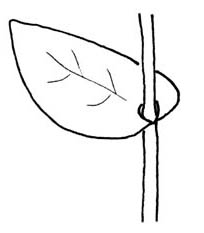 rush
rush
Perennialperennial:
(adj) (of a plant) having a life cycle of more than two years
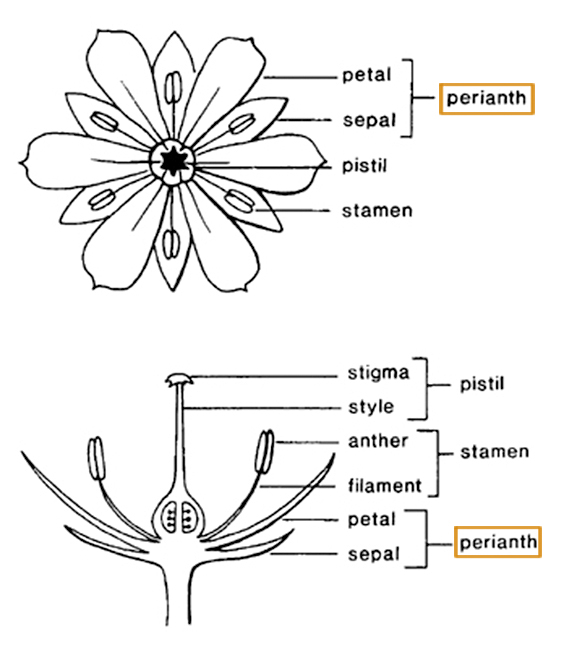 or annual. Clump-forming and/or colonial. Stems tereteterete:
or annual. Clump-forming and/or colonial. Stems tereteterete:
(adj) +/- circular in cross section
 or flattened, mostly unbranched, bright green to dark gray. Leaves absent or alternatealternate:
or flattened, mostly unbranched, bright green to dark gray. Leaves absent or alternatealternate:
(adj) (of leaves) bearing one leaf per node; placed singly on the stem at different heights
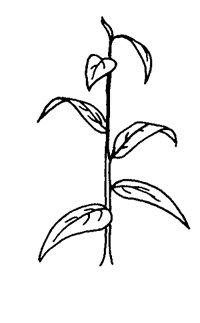 or whorledwhorled:
or whorledwhorled:
(n) bearing whorls; a type of leaf arrangement (phyllotaxis) in which leaves are in whorls
 , narrow and flattened, capillarycapillary:
, narrow and flattened, capillarycapillary:
(adj) slender, hair-like
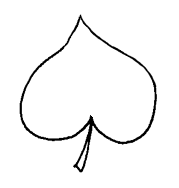 , or tereteterete:
, or tereteterete:
(adj) +/- circular in cross section
 , occasionally sheathing at base, sheath base open, sometimes transversely septateseptate:
, occasionally sheathing at base, sheath base open, sometimes transversely septateseptate:
(adj) divided or partitioned by cross-walls
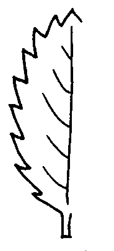 . Inflorescenceinflorescence:
. Inflorescenceinflorescence:
(n) the arrangement of flowers on the floral axis
 a cluster of cymes, often appearing paniculate, much branched. Flowers small; perianthperianth:
a cluster of cymes, often appearing paniculate, much branched. Flowers small; perianthperianth:
(n) collective term for the calyx and corolla of a flower; also used for floral whorl(s) in which the calyx and corolla cannot be resolved; any of the leaves or bracts surrounding the sex organs of bryophytes
 of 6 tepals in 2 whorls, thin and scariousscarious:
of 6 tepals in 2 whorls, thin and scariousscarious:
(adj) dry, thin, membranous, non-green, more or less translucent
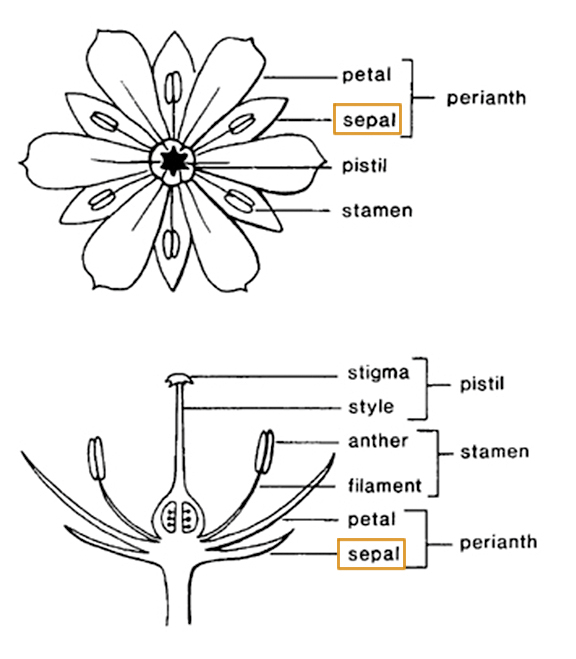 , green, brown or reddish. Fruit a capsule.
, green, brown or reddish. Fruit a capsule.
all types of lowland water-bodies
Juncus, the true rushes, contains 348 accepted species and an additional 45 subspecies worldwide, with some species cultivated for ponds. Unlike other species in the genus, Juncus repens branches into clustered leaves that appear whorledwhorled:
(n) bearing whorls; a type of leaf arrangement (phyllotaxis) in which leaves are in whorls
 .
.